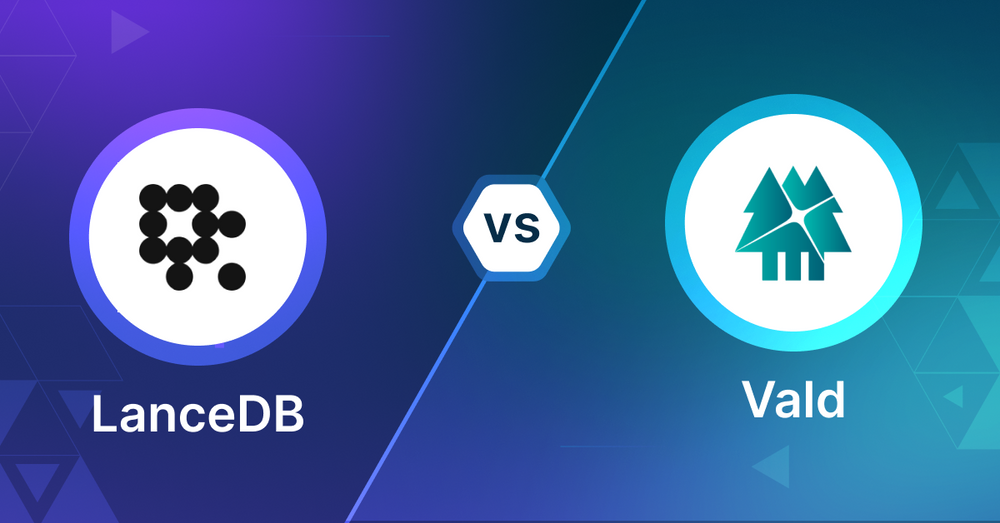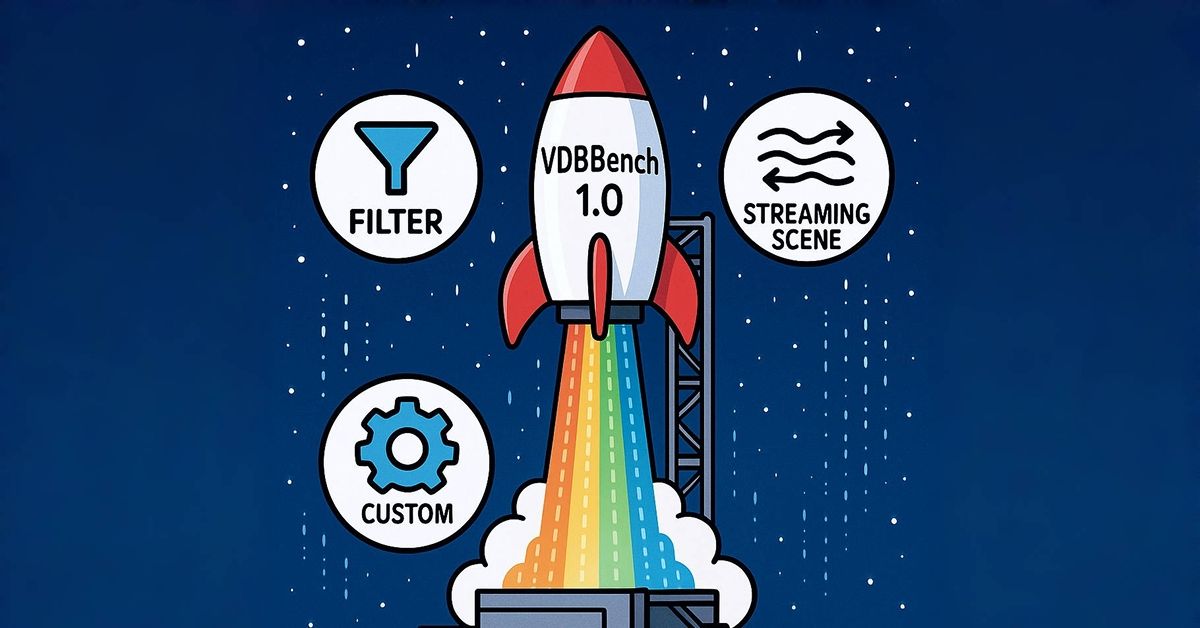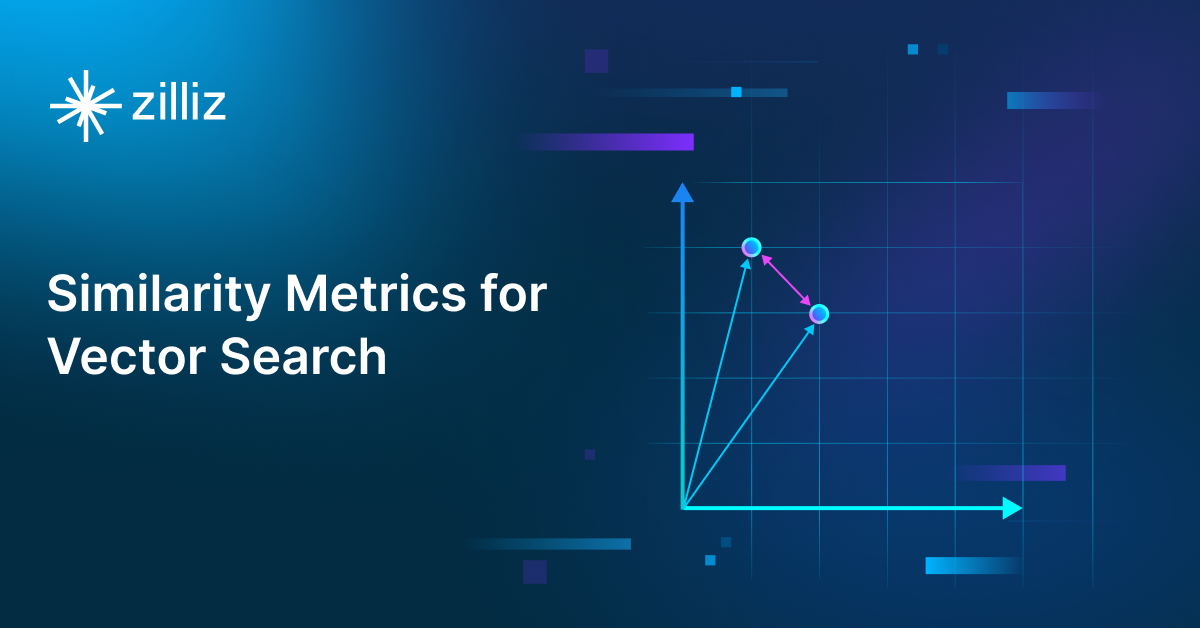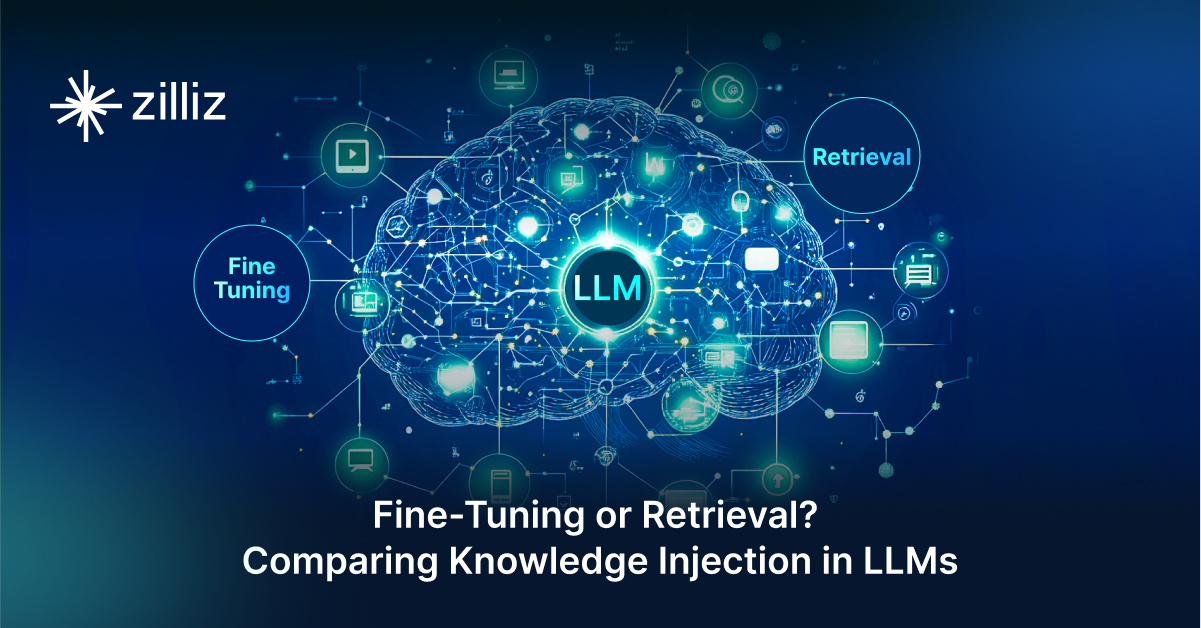LanceDB vs Vald Choosing the Right Vector Database for Your AI Apps

What is a Vector Database?
Before we compare LanceDB and Vald, let's first explore the concept of vector databases.
A vector database is specifically designed to store and query high-dimensional vectors, which are numerical representations of unstructured data. These vectors encode complex information, such as the semantic meaning of text, the visual features of images, or product attributes. By enabling efficient similarity searches, vector databases play a pivotal role in AI applications, allowing for more advanced data analysis and retrieval.
Common use cases for vector databases include e-commerce product recommendations, content discovery platforms, anomaly detection in cybersecurity, medical image analysis, and natural language processing (NLP) tasks. They also play a crucial role in Retrieval Augmented Generation (RAG), a technique that enhances the performance of large language models (LLMs) by providing external knowledge to reduce issues like AI hallucinations.
There are many types of vector databases available in the market, including:
- Purpose-built vector databases such as Milvus, Zilliz Cloud (fully managed Milvus)
- Vector search libraries such as Faiss and Annoy.
- Lightweight vector databases such as Chroma and Milvus Lite.
- Traditional databases with vector search add-ons capable of performing small-scale vector searches.
LanceDB is a serverless vector database and Vald is a vector database. This post compares their vector search capabilities.
LanceDB: Overview and Core Technology
LanceDB is an open-source vector database for AI that stores, manages, queries and retrieves embeddings from large-scale multi-modal data. Built on Lance, an open-source columnar data format, LanceDB has easy integration, scalability and cost effectiveness. It can run embedded in existing backends, directly in client applications or as a remote serverless database so it’s versatile for many use cases.
Vector search is at the heart of LanceDB. It supports both exhaustive k-nearest neighbors (kNN) search and approximate nearest neighbor (ANN) search using an IVF_PQ index. This index divides the dataset into partitions and applies product quantization for efficient vector compression. LanceDB also has full-text search and scalar indices to boost search performance across different data types.
LanceDB supports various distance metrics for vector similarity, including Euclidean distance, cosine similarity and dot product. The database allows hybrid search combining semantic and keyword-based approaches and filtering on metadata fields. This enables developers to build complex search and recommendation systems.
The primary audience for LanceDB are developers and engineers working on AI applications, recommendation systems or search engines. Its Rust-based core and support for multiple programming languages makes it accessible to a wide range of technical users. LanceDB’s focus on ease of use, scalability and performance makes it a great tool for those dealing with large scale vector data and looking for efficient similarity search solutions.
Vald: Overview and Core Technology
Vald is a powerful tool for searching through huge amounts of vector data really fast. It's built to handle billions of vectors and can easily grow as your needs get bigger. The cool thing about Vald is that it uses a super quick algorithm called NGT to find similar vectors.
One of Vald's best features is how it handles indexing. Usually, when you're building an index, everything has to stop. But Vald is smart - it spreads the index across different machines, so searches can keep happening even while the index is being updated. Plus, Vald automatically backs up your index data, so you don't have to worry about losing everything if something goes wrong.
Vald is great at fitting into different setups. You can customize how data goes in and out, making it work well with gRPC. It's also built to run smoothly in the cloud, so you can easily add more computing power or memory when you need it. Vald spreads your data across multiple machines, which helps it handle huge amounts of information.
Another neat trick Vald has is index replication. It stores copies of each index on different machines. This means if one machine has a problem, your searches can still work fine. Vald automatically balances these copies, so you don't have to worry about it. All of this makes Vald a solid choice for developers who need to search through tons of vector data quickly and reliably.
Key Differences
Search Technology and Methods
LanceDB uses IVF_PQ for approximate nearest neighbor (ANN) search and k-nearest neighbors (kNN) search. IVF_PQ works by partitioning datasets and using product quantization for vector compression.
Vald uses NGT for vector similarity searches. This allows Vald to search quickly across large vector datasets.
Data Management
LanceDB is built on Lance, an open-source columnar data format. It supports multiple data types through full-text search and scalar indices. The system supports different distance metrics including Euclidean distance, cosine similarity and dot product. You can combine semantic and keyword-based searches while filtering metadata fields.
Vald is focused on vector data management at scale, designed to handle billions of vectors. Its indexing system works across distributed machines, so you can search continuously even during index updates.
Scalability
LanceDB is deployable in many ways - embedded in backends, directly in client applications or as a remote serverless database. This makes it flexible for many use cases.
Vald is distributed, data is spread across multiple machines. It has features like index replication and automatic balancing across machines. This architecture helps to keep performance even with large amounts of data.
Integration and Usage
LanceDB supports multiple languages thanks to its Rust-based core. It's for developers and engineers working on AI applications, recommendation systems or search engines.
Vald integrates with gRPC and cloud environments. It has customizable data input and output processes. The system manages data distribution and replication across machines.
System Reliability
While LanceDB doesn't mention backup in the provided info, it mentions cost effectiveness and ease of integration.
Vald has automatic index data backup and replication. If one machine fails, the system continues to run through its distributed copies. The automatic balancing of these copies keeps the system reliable.
When to Choose LanceDB
LanceDB is the better choice when you need a versatile vector database that can run in different setups, whether embedded in your backend, in client applications, or as a serverless solution. Its columnar data format, support for multiple search types (including hybrid semantic and keyword searches), and ability to handle various distance metrics make it particularly suitable for AI applications and recommendation systems where you need to work with different types of data alongside your vectors.
When to Choose Vald
Vald stands out as the optimal choice when you need to handle billions of vectors in a distributed environment with high reliability requirements. Its distributed indexing system, which allows continuous searches during updates, combined with automatic backup features and index replication across machines, makes it particularly well-suited for large-scale production environments where system downtime isn't acceptable and where you need the ability to scale horizontally across multiple machines.
Conclusion
The choice between LanceDB and Vald comes down to your specific scaling needs and deployment preferences. LanceDB offers versatility in deployment options and robust support for different data types and search methods, making it ideal for diverse AI applications. Vald, with its distributed architecture and focus on reliability through replication and automatic backups, excels in large-scale production environments where handling billions of vectors efficiently is crucial. Your decision should be based on your specific requirements around scale, deployment flexibility, and reliability needs.
Read this to get an overview of LanceDB and Vald but to evaluate these you need to evaluate based on your use case. One tool that can help with that is VectorDBBench, an open-source benchmarking tool for vector database comparison. In the end, thorough benchmarking with your own datasets and query patterns will be key to making a decision between these two powerful but different approaches to vector search in distributed database systems.
Using Open-source VectorDBBench to Evaluate and Compare Vector Databases on Your Own
VectorDBBench is an open-source benchmarking tool for users who need high-performance data storage and retrieval systems, especially vector databases. This tool allows users to test and compare different vector database systems like Milvus and Zilliz Cloud (the managed Milvus) using their own datasets and find the one that fits their use cases. With VectorDBBench, users can make decisions based on actual vector database performance rather than marketing claims or hearsay.
VectorDBBench is written in Python and licensed under the MIT open-source license, meaning anyone can freely use, modify, and distribute it. The tool is actively maintained by a community of developers committed to improving its features and performance.
Download VectorDBBench from its GitHub repository to reproduce our benchmark results or obtain performance results on your own datasets.
Take a quick look at the performance of mainstream vector databases on the VectorDBBench Leaderboard.
Read the following blogs to learn more about vector database evaluation.
Further Resources about VectorDB, GenAI, and ML
- What is a Vector Database?
- LanceDB: Overview and Core Technology
- Vald: Overview and Core Technology
- Key Differences
- When to Choose LanceDB
- When to Choose Vald
- Conclusion
- Using Open-source VectorDBBench to Evaluate and Compare Vector Databases on Your Own
- Further Resources about VectorDB, GenAI, and ML
Content
Start Free, Scale Easily
Try the fully-managed vector database built for your GenAI applications.
Try Zilliz Cloud for FreeKeep Reading

Announcing VDBBench 1.0: Open-Source VectorDB Benchmarking with Your Real-World Production Workloads
VDBBench 1.0 offers an open-source benchmarking solution for vector databases, emphasizing real-world production conditions, including streaming data and concurrent workloads.

Similarity Metrics for Vector Search
Exploring five similarity metrics for vector search: L2 or Euclidean distance, cosine distance, inner product, and hamming distance.

Knowledge Injection in LLMs: Fine-Tuning and RAG
Explore knowledge injection techniques like fine-tuning and RAG. Compare their effectiveness in improving accuracy, knowledge retention, and task performance.
The Definitive Guide to Choosing a Vector Database
Overwhelmed by all the options? Learn key features to look for & how to evaluate with your own data. Choose with confidence.